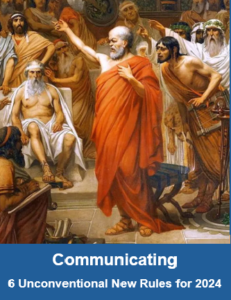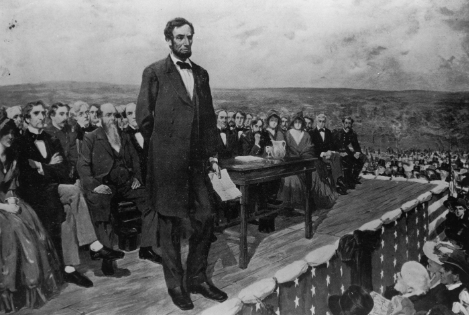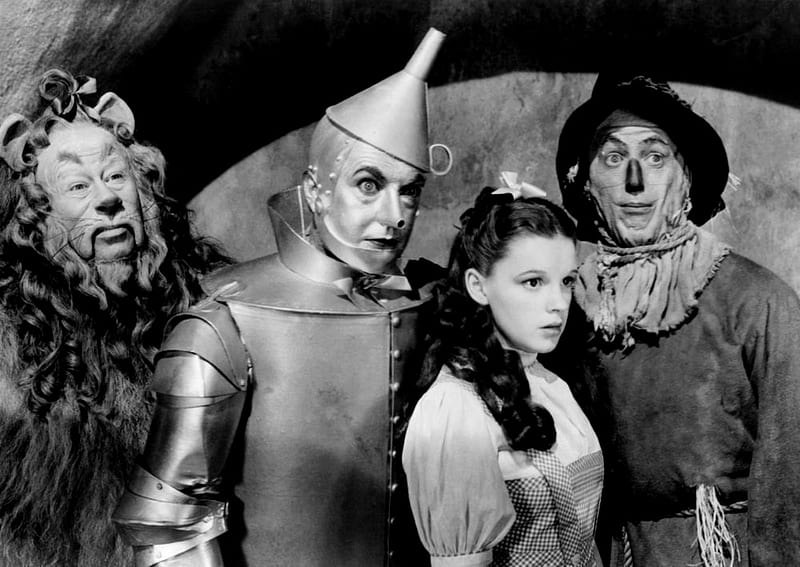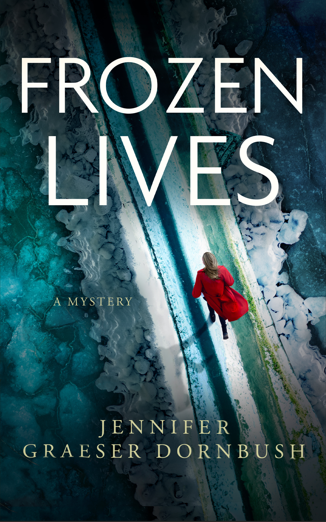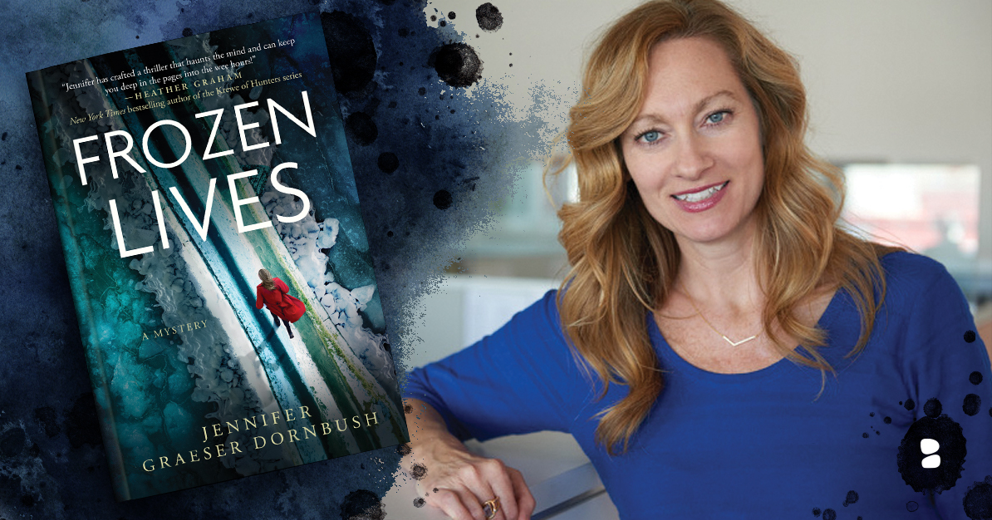 Fresh air and forests have a profound effect on us. There’s something therapeutic found in nature walks—especially through pristine and vibrant woods filled with inspiring sights, smells, sounds, tastes, and touches. The Japanese have a name for this. “Shinrin-yoku” which translates to “Breathing and taking in the wellness of a healthy forest atmosphere”. Millions simply call the practice “forest bathing”. Shinrin for forest, yoku for bath.
Fresh air and forests have a profound effect on us. There’s something therapeutic found in nature walks—especially through pristine and vibrant woods filled with inspiring sights, smells, sounds, tastes, and touches. The Japanese have a name for this. “Shinrin-yoku” which translates to “Breathing and taking in the wellness of a healthy forest atmosphere”. Millions simply call the practice “forest bathing”. Shinrin for forest, yoku for bath.
Phytoncides (Fye-Ton-Sides) are volatile organic compounds that healthy trees emit, or gas off. It’s the forest’s self-protection system at work, dealing with dangers like insects, fungi, and bacteria. When we forest bathe, we breathe in phytoncides which empirical evidence proves help our mood, better our sleep, lower our blood pressure, and boost our immune system. There’s even proof that phytoncides inhaled while forest bathing help to prevent, and possibly cure, cancer.
Preventing and curing cancer are bold statements. How can forest air possibly combat the demon of all illnesses that is cancer? We’ll get into that—how phytoncides from trees activate Natural Killer (NK) cells in our bodies—but first let’s look at the history of Shinrin-yoku and the chemical makeup of phytoncides.
Despite its enormous population of 126 million, this Japanese island complex of 146,000 square miles is still two-thirds covered with pristine forests. That’s 59,750,400 acres of treed greenspace, 27 times larger than Yellowstone Park. I’m not going to try to compute the volume of phytoncide off-gassing from Japan.
For centuries and generations, the Japanese have recognized the therapeutic properties of their forests. Although the phrase shinrin-yoku is relatively new, the benefits of walking through forests is ancient knowledge. Shinrin -yoku is based on three traditional concepts:
- Yugen is about being so keenly aware of the beauty of the world around you that the deep emotions you feel can’t be expressed with words.
- Komorebi literally translates to “sunlight leaking thought the trees.” It describes the relationship or interplay between the sun and the leaves.
- Wabi sabi celebrates the beauty of imperfection and impermanence.
In 1982, concerned by the rapidly growing population and an expansion into greenspace, the Japanese Ministry of Agriculture, Forestry, and Fisheries took a novel approach to protection. Dr. Tomohide Akiyama had been studying the health effects on humans who were repeatedly exposed to phytoncides from trees and was convinced of the significant benefits to the Japanese people if forest exposure were promoted.
Dr. Akiyama saw promoting forest walks and nature sensing was a win-win for people’s health and tree protection. He, through the Ministry, began a campaign where Shinrin-yoku was a recognized health practice, and the term “forest bathing” was born. Today, Shinrin-yoku is a worldwide phenomenon helping millions of people improve their health. It’s especially popular in the Pacific Northwest of North America where I live in a temperate rainforest covered with phytoncide-producing conifers like cedar, spruce, fir, pine, hemlock, and balsam.
That’s not to say that deciduous trees like maple, alder, birch, oak, and a weird local thing called an arbutus don’t gas off. Same with grasses, shrubs, and plants of all types. That unmistakable scent from freshly cut grass? Phytoncides.
Phytoncides aren’t one single entity. They’re a variety of volatile organic compounds (VOCs) that include terpenes, aldehydes, and alcohols. The word originates from the Greek phyton meaning plant and cide meaning kill. In other words, natural antimicrobials designed by nature as medicine for the plants. Forest medicine, you could say.
Claims that practicing Shinrin-yoku and inhaling phytoncides have proven human health benefits are backed up by science. There have been many peer-reviewed papers presented on forest bathing and all come to the same conclusion. There is overwhelming evidence the claims are valid—claims of stress reduction, lowered hypertension, sleep improvement, mood alteration (for the better), immune protection, and the one assertion that leaves some folks skeptical. Shinrin-yoku and phytoncides reduce the risk of cancer and possibly even stop and reverse cancerous cells in the human body.
Here are a few studies supporting the claims.
1982 — Dr. Akiyama’s proposal to the Japanese government.
2009 — Effect of forest bathing trips on human immune function.
2019 — Comparative study of the physical and psychological effects of Shinrin-yoku.
2022 — Effects of Shinrin-yoku on health promotion and disease prevention.
The 2022 study headed by Dr. Qing Li has a fascinating and highly informative, 10-page downloadable pdf. If you’re at all interested in the science behind forest bathing, this paper is a must-read and it goes into the key function that phytoncides have on the immune system. That’s to build up Natural Killer (NK) cells that are the front-line warriors in the cancer battle.
Cells are the basic building blocks of all living organisms—you, me, and the trees. They’re the smallest units capable of performing life functions making cells the fundamental components of both structure and function in the human body and the trees’ trunks. And cancer is nothing more than cells running amuck and multiplying out of control.
Phytoncides, emitted by trees and plants, enter our body through our respiratory system and bond with our NK cells which are a type of lymphocyte or white blood cell that plays a critical role in our immune system. NKs are first responders against infection, disease, and cancerous tumors. They kill viruses and tumor cells without prior sensitization. In other words, NK cells stop cancerous cells in their tracks before they take hold and are recognized by sensory awareness.
Apoptosis and autophagy are two important biological processes. Apoptosis is the natural death of a cell so new ones can replace them. Autophagy is the recycling of cellular material. Cancer tumors won’t allow apoptosis or autophagy to occur. Left unchecked, malignant cancer cells continue to multiply until they kill their host.
Natural Killers are always present and on duty in our bodies. It’s just that they can’t do it all without a little help. That’s where phytoncides step in. They bond with NKs and increase production of granzymes, perfoin, and granulysin proteins which attack a tumor cell as soon as it occurs. This causes the cancer cell to apoptosis and all is well. See the image/flowchart below.
Speaking of Dr. Qing Li, he wrote the definitive book on Shinrin-yoku. It’s titled Forest Bathing: How Trees Can Help You Find Health and Happiness. This work examines Shinrin-yoku from a holistic vantage where the value in forest bathing is not just the phytoncide intake but the entire experience you get from exercising your five senses in a nature setting.
Another great book that touches on forest bathing is The Hidden Life of Trees written by the forester and environmentalist Peter Wohlleben. Mr. Wohlleben posits that the entire forest is interconnected by a “wood-wide web” where all the plants communicate with each other including a regulation of mutually beneficial phytoncide release.
If you’re a regular Dyingwords follower, you might wonder why today I’ve veered away from my usual crime/blood & guts topics and how I came upon something as obscure as forest bathing. To tell you the truth, when I first heard the term about a month ago, I thought it was some sort of hippy-dippy thing stemming from a new-age commune. So did my wife, Rita, when I brought up “forest bathing” while we were out rucking.
“Rucking?”, you ask. “What’s rucking?” Well, there’s nothing new-age or tree-hugging about rucking. It’s simply forest hiking with a weighted backpack (rucksack) and using trekking poles (walking sticks).
Rita and I live on Vancouver Island in British Columbia at Canada’s west coast. We’re surrounded by a pristine rainforest that’s nicely overcrowded with healthy trees. You know, the ones that off-gas phytoncides. And we’re avid ruckers, regularly putting on 8 thousand steps per day through the trees.
That’s a lot of phytoncides to suck in.
Something else I’ve taken up is roping. It’s not technical climbing as in mountains and rocks. It’s more of a low-impact pull, up and down steep hillsides, on a rope, while wearing a weighted pack. It’s incredible exercise, requiring every muscle in your body to participate.
Which brings me to yoga, meditation, and mindfulness. Forest bathing is often called a combination of the three with additional health benefits. While I’m not into yoga (I don’t like pina coladas either, however walks in the rain are inevitable when you ruck on Vancouver Island.), I’m in tune with meditation and mindfulness.
Rucking and roping are full-immersion courses on meditation and mindfulness. While rucking through the trees, your mind is free to go still, as in meditation under motion or zoning out. But when on the ropes, on a 40 to 60-degree slope, your mind must be completely in the moment. Mindfulness of your grip, your foot placement, and your balance are paramount to preventing a fall with potentially serious consequences.
So how do you get into this Shinrin-yoku/forest bathing gig? It’s simple. You don’t need the gear and the grind. It’s just finding a wooded area and going for a slow stroll, absorbing the sight, sound, smell, taste, and feel of nature. It’s okay to see the trees (and the forest), listen to the birds, sniff the needles and leaves, taste the air, and run your hands up and down some bark—all the while breathing phytoncides, nature’s preventitive and healing compounds.
And if you want to get serious about forest bathing, there are online courses as well as extensive events to take part in. One online course is hosted by a Swiss-founded organization called Treeming.org. It’s reasonably priced in the $125 to $250 range, depending on the depth of information you’d like.
A much more involved education in the art of Shinrin-yoku is held in England by the Forest Bathing Institute. It’s pricey. To become a fully accredited Shinrin-yoku master it’ll cost you $4,113.81 USD.






